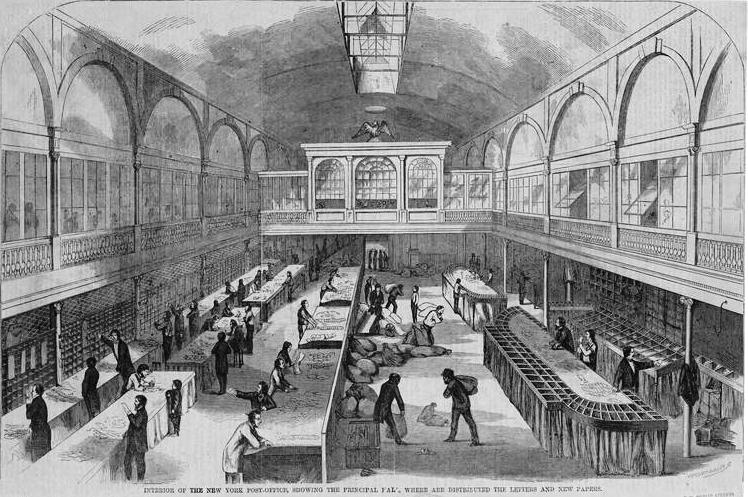I have been working on my garden for much of the last month. This is an all-consuming task, but today I had the opportunity to find an old article that I wrote on the origin of data centers, “Preliminary Findings Toward an Architectural History of the Network,” New Geographies 07 (2015).
You can read it here. https://varnelis.net/preliminary-findings-toward-an-architectural-history-of-the-network/

In this essay, I explore the architectural history of networks, focusing on the typology of data centers and its historical emergence. The network, despite receiving critical attention since the Internet’s proliferation, has been largely overlooked from an architectural perspective.
I argue that understanding the data center as a building type is essential, as well as understanding that it encompasses various architectural manifestations ranging from repurposed buildings to purpose-built structures. I trace the origins of the data center to the post office, which developed in the United States in the mid-nineteenth century. I examine the link between data centers and territory, emphasizing the role of the mail system in the political development of the nation.
The expansion of postal routes, the implementation of a hub-and-spoke system, and the architectural form of post offices are detailed, highlighting the network’s infancy and its historical emergence in typological terms. The essay continues with an examination of the introduction of home delivery and the development of the telegraph system. I analyze the growth of telegraphy, its alliance with the media, and concerns about monopolies. Overall, this research provides a comprehensive examination of the architectural history of networks, shedding light on the typological, geographical, and technological aspects of networks. My goal was to provide insights into the historical significance and contemporary relevance of data centers, thereby contributing to a broader understanding of the material and geographic conditions shaped by the constraints of the physical world.

